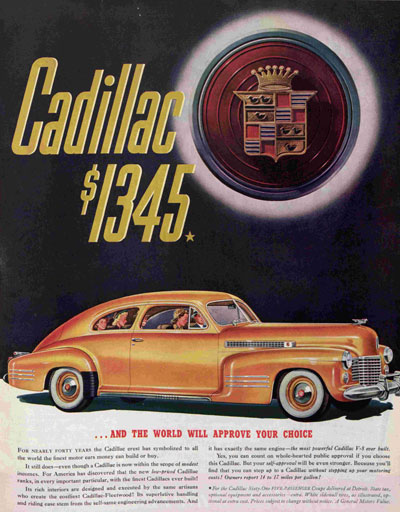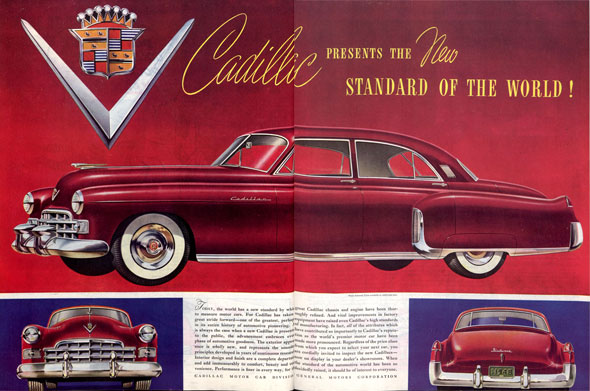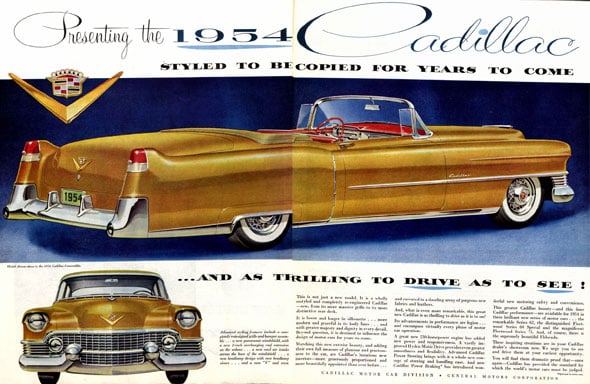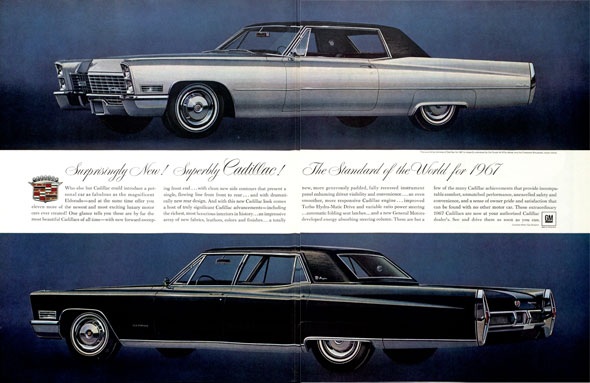Long before the Cadillac Motor Company was known for making the luxury cars that embodied American opulence, the company was known for its exceptional engineering.
That engineering was proven, to British satisfaction at least, when Cadillac competed for the Dewar Trophy in 1908. As part of that contest, three Cadillacs were completely disassembled and all the parts were mixed together, along with a lot of spare Cadillac parts. Mechanics then assembled three new vehicles out of the pile. (For more on the auto industry’s early years, check out Post‘s new special collector’s edition, Automobiles in America!)
Each of the cars started immediately and ran 500 miles without major problems.
This might seem unremarkable today, but in the years before precision machining, auto components were rarely produced to the exact specifications. Each part might need to be filed or ground to fit where it should.
But Henry M. Leland, the founder and inventor of the Cadillac, insisted on producing parts that could be fully interchangeable. He’d learned about precision machining while working for Colt Firearms, before opening a machining shop in Detroit. In 1902, he was asked to appraise the failing Henry Ford Company (not to be confused with the Ford Motor Company), which was then headed to bankruptcy after Henry Ford left it. Rather than assess the company’s assets, Leland convinced investors to allow him to revive the company using a motor that he’d designed.
The company took on the Cadillac name and began making automobiles with a single-cylinder, 10-horsepower engine. When Cadillac Runabout and Tonneau models were shown at the 1903 New York Auto Show, they drew large crowds and 2,000 orders.
Leland made sure his company remained at the edge of innovation. He was the first to offer a modern electrical system, which meant improved ignition, dependable headlights, and most important, a starter motor that eliminated the need to hand-crank the engine. In later years, Cadillac pioneered automatic transmission, power steering, V-8 and V-16 engines, the Philips screw, and enormous tailfins.
In 1908, Will Durant purchased Cadillac to add a luxury line of cars to his General Motors lineup. He paid Henry Leland $4.5 million for the company on the condition that Leland remained to oversee production. At age 74, Leland left GM to establish the Lincoln Motor Company and build Liberty aircraft engines for the Army in World War I. In 1922, about four years after the war ended, Leland sold the company to Ford.













Become a Saturday Evening Post member and enjoy unlimited access. Subscribe now




Comments
Would love to see a copy of your ad campaign in 1995 titled “Women of the South”
I admired the Cadillac for many years before I could afford to buy one. Since then, I’m now on my fourth new Cadillac and I love them! If available, I’d buy another Cadillac ELDORADO.
This latest POST auto ad series (and back story) on Cadillac is simply wonderful. I had no idea Lincoln was also started by Henry Leland, at age 74 no less. There simply HAS to be a feature on Lincoln coming, but not just yet.
The 1904 ad is wonderful, and the increase in body styles is very evident by 1912 and ’15. The ’27 La Salle ad is just beautiful, and I’m sure stole sales from Cadillac during the Depression, which was probably both good and bad within General Motors in the ’30s.
The 1936 and ’41 ads are beautiful too. Note the lower price 5 years LATER as the Depression had lessened. The all-new ’48 and ’49 models set the tone for the ’50s with those tail fins—inspired by World War II aircraft.
The ’54 ad is completely awash in ‘dream car perfection’ with the ’59 model combining both World War II aircraft elements with the Space Age.
Although most people feel the fins went away with the ’64 model which I understand, I see them as having continued in a more subtle form up to the early ’90s if you really look.
The Art & Science ‘razor edge’ look of current and recent models definitely have the essence, flair and flavor of fins in the sleek, non-flushed sexy taillights that are allowed to protrude somewhat from the body (thank God) to let them look like Cadillacs to the extent they still can today.
There is hope (concept car wise) with the Cadillac El Miraj and the sexy Ciel with beautiful bodies and taillights. It’s high time they came in, and the Escalade went out. This would also help Cadillac be seen in a more serious light among the world’s high-end cars; glorified GMC trucks? Not so much, BUT they make a lot of money and that’s the only thing that matters. The bottom line being the only line, unfortunately.